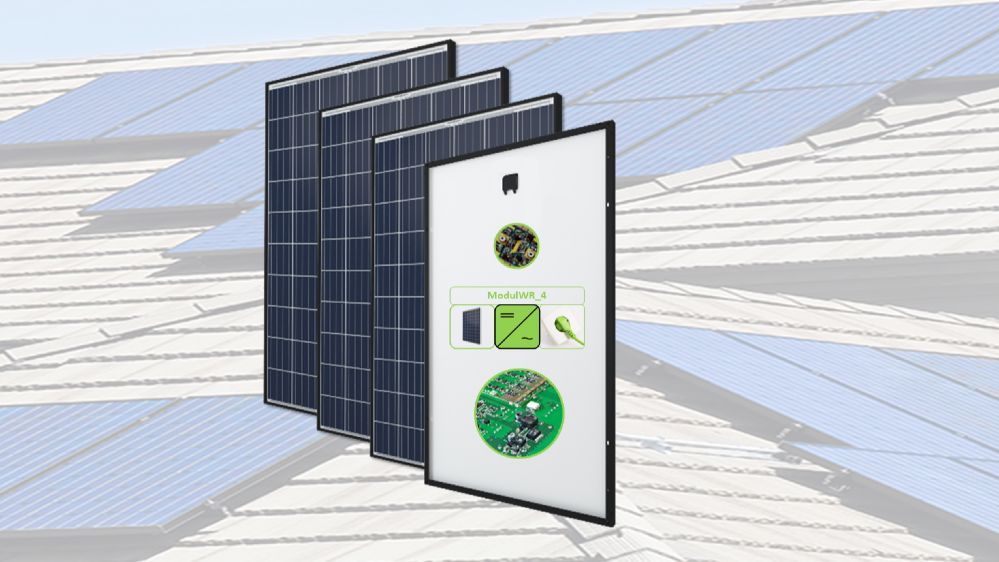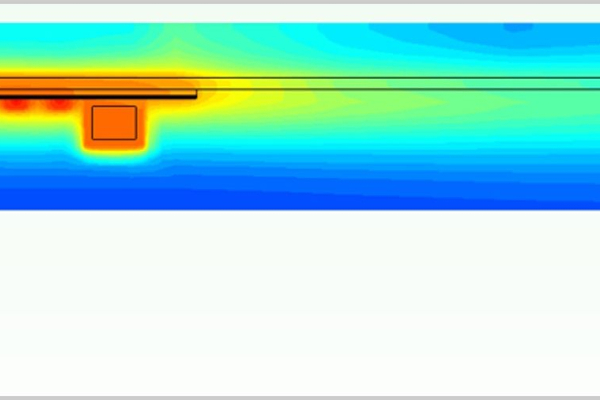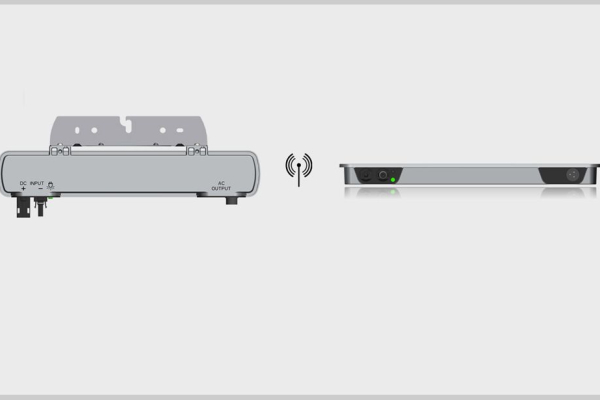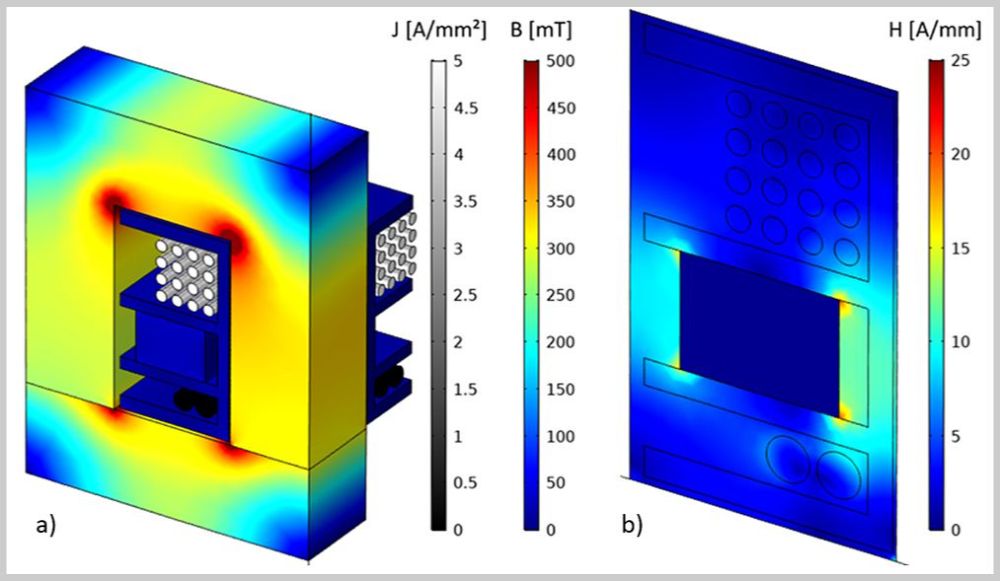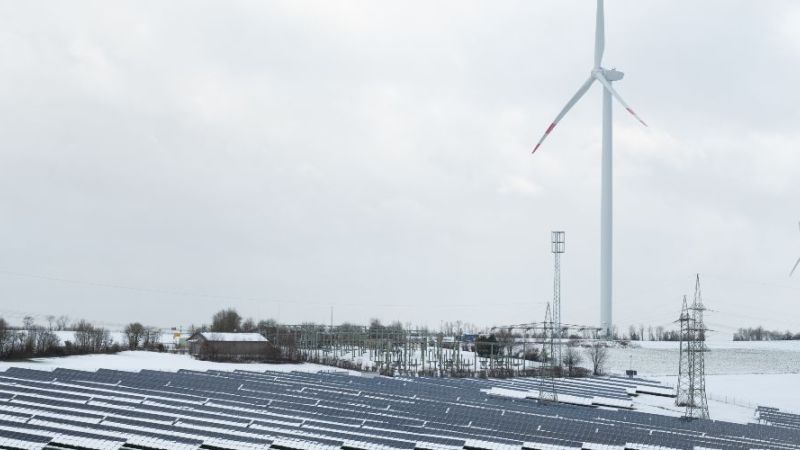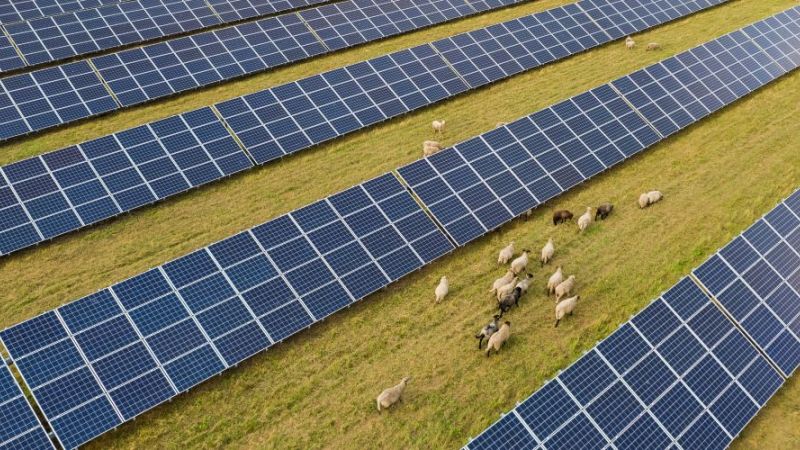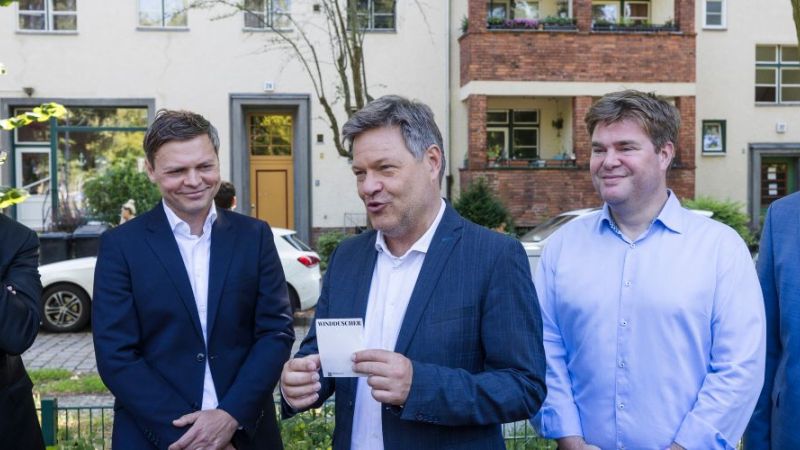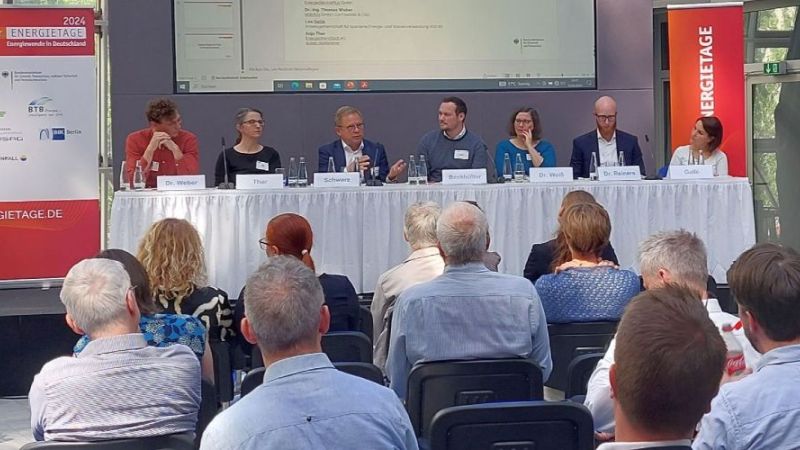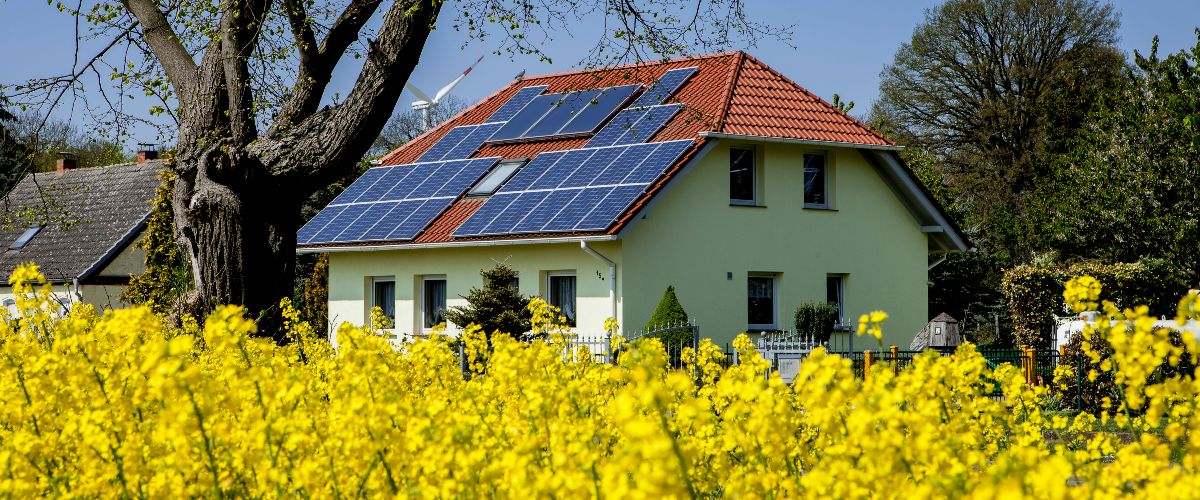 © BMWK – Holger Vonderlind
© BMWK – Holger Vonderlind
Photovoltaics
Module-integrated power electronics for photovoltaic systems
Module-integrated power electronics offer numerous technical advantages, especially for smaller solar energy plants and building-integrated photovoltaics. For instance, cables can be laid more easily and MPP tracking (maximum power point) is possible at module level. This project focused on researching technologies for module-integrated power electronics. The operation of the new, very low-profile inverter can be monitored and logged via a wireless communication interface. In addition, the power electronics are reactive in order to meet future requirements and standards and to contribute to the stabilisation of the power grid.
Fourth generation inverter
Interest in module-oriented power electronics (module inverters and module-integrated DC/DC converters) has increased steadily in recent years. The first generation of module inverters was built with 50 hertz transformers. The second generation in use today works with high-frequency transformers (switching frequencies from 16 to 100 kilohertz). The third generation is currently being developed and will operate at significantly higher switching frequencies (factor 10 to 20). All inverters have their own case and are screwed to the solar module or the frame. The fourth generation should be able to be laminated into the solar module.
With currently available micro or module inverters, the power-specific system costs for small photovoltaic systems (output of less than 1 kilowatt) are significantly higher than those for medium-sized systems (output of 3 to 10 kilowatts). New technologies that fully integrate the power electronics into the module can in future reduce system costs. In addition, the efficiency can increase from the previous 90 to 95 per cent to over 96 per cent. Volume and weight also play an important role here. Inverters currently available on the market cannot be laminated into the solar module. They are too big and heavy. In addition, inverters are increasingly required to provide reactive power in order to contribute to stabilising the power grid in a decentralised manner. This property is increasingly demanded by network operators.
Within the "ModulWR_4" project, short for "fourth generation module inverter", the project partners developed a module-integrated inverter with a sufficiently flat and lightweight design to allow it to be laminated into the solar module. This makes it necessary to rethink the complete structure of the inverter.
New technologies for module-integrated inverters
These have the advantage that differently irradiated areas of the solar modules or differently aligned modules do not have a negative effect on the overall performance of the photovoltaic system. The local MPP tracker, which every inverter has, is responsible for this. Its task is to continuously ensure that the maximum yield can be obtained from the individual solar modules of the system. This makes these inverters suitable, for example, for differently oriented building façades and roofs where chimneys, other parts of the building or surrounding trees shade individual modules.
The project partners investigated two lines of technology. Power electronics laminated into the solar module and therefore fully integrated, and electronics integrated into a low-profile case that is attached to the module frame. The respective overall height is only 25 millimetres. To laminate the inverter directly into the solar module, the power electronics must be encapsulated. This creates a homogeneous and mechanically stable block. The researchers tested different epoxy resins for this method. The chosen resin fills all cavities between the components and has the desired good thermal conductivity. This property plays an important role because the voltage of the solar cells is affected by the temperature. Local temperature hotspots must be avoided by distributing and dissipating the heat loss from the power electronics. For this, the researchers had to find the optimum configuration of the system. They investigated this with the help of thermal simulations.
Safety requirements
As part of the safety consideration, the project team took into account the standards of the international markets. They used these to derive the requirements for the chosen circuit topology with or without galvanic isolation and considered three aspects: What makes sense from a technical and economic point of view, what is prescribed from a standard and safety point of view, and what is demanded by the market. The project partners have opted for galvanically separated topologies, even though this would not be mandatory for a fully integrated inverter from a technical point of view (see string inverter). However, the sales market and customer requirements demand this technical solution.
New semiconductor materials improve efficiency
The desired structure of the new inverter places high demands on the power semiconductors. To reduce the size of passive components, power semiconductors must achieve high clock frequencies while maintaining low losses. Power semiconductors made of silicon (Si) are usually used for cost reasons. In addition, the scientists investigated new devices based on silicon carbide (SiC) and gallium nitride (GaN). With SiC, a peak efficiency of 97.7 per cent was demonstrated in the inverter stage. However, such materials are currently more expensive than Si components due to the high demand. The EU efficiency was then calculated for the entire system. This corresponds to a weighted median of the efficiencies at different system outputs. When using Si and SiC components, it is approximately 95.7 to 95.8 per cent.
Monitoring the plant and communicating wirelessly
In further investigations, the research teams developed various wireless communication platforms. In the process, they investigated and tested their properties and suitability for module inverters. The novel wireless communication interface monitors operation via a Bluetooth module. It additionally records the data. The unit can be controlled externally, for example to set the specifications of the network operators.
Bluetooth 5.0 communication opens up access to modern solutions for smarthome systems and standardised cloud data acquisition. The new radio standard makes it possible to use different data collection systems. In addition, the improved range is crucial.
Future development potential
The project teams developed innovative solutions for the new challenges of module-integrated power electronics. The parallel development approach with two technology lines meant that one demonstrator each was realised: power electronics laminated into the solar module and power electronics integrated into a lower-profile case.
The results achieved can be incorporated into marketable module inverters in lower-profile case types in the short to medium term, as well as into new products integrated into solar modules in the long term.

